
On December 23, 2019, Professor Wei Yiming, director of Center for Energy and Environmental Policy Research, led teachers and students of the center to conduct an in-depth survey on the entire process of solid waste treatment and utilization in Tongzhou District. They visited the waste sorting point in Yuqiao Beili, Liyuan household waste transfer station, organic ecological treatment station, and waste-to-energy plant in the District, and learned the whole waste sorting, processing, and energy conversion procedures.
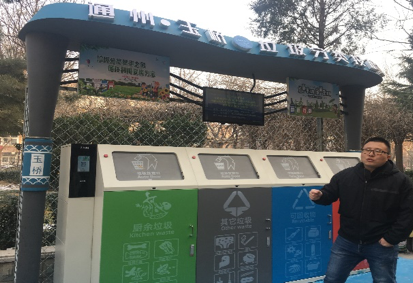
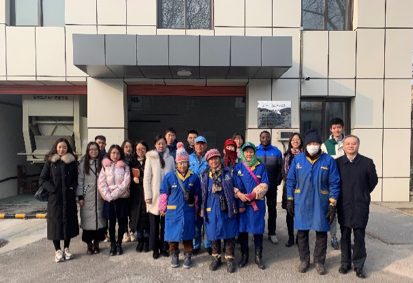
In order to understand the waste disposal process, the research team visited a demonstration area for waste sorting in Yuqiao Beili community. Li Zhi, Chief of Sanitation Section of the City Management Committee of Tongzhou District, introduced the situation of fixed-point and fixed-term release of garbage, the resident points exchange system, the status of participation of social capital, and the measurement and collection methods of closed clean stations.
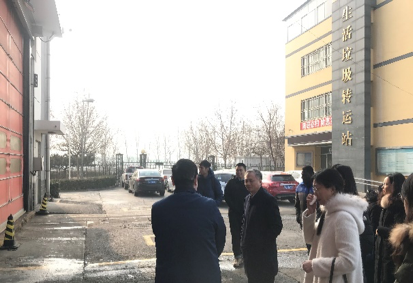
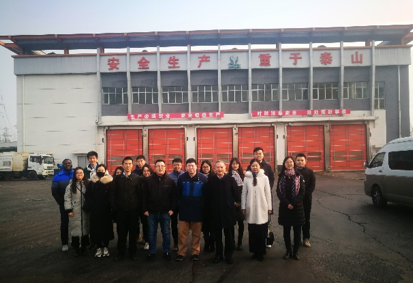
The research team visited Liyuan domestic waste transfer station. The transfer station is designed to reduce the transportation cost of long-distance garbage removal. The garbage compression and transfer mechanism are set up between the garbage production site (or centralized location) and the treatment and disposal facilities to improve the efficiency of garbage removal and reduce the cost of garbage transportation.

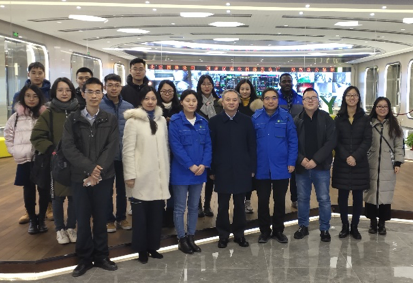
The research team visited the ecological treatment station of organic matter resources and the green power waste combustion power plant. The ecological treatment station of organic matter resources covers an area of 45 acres, which is the largest waste treatment station in China capable of treating three kinds of organic wastes at the same time. Since the start of commercial operation in August this year, by the end of November, the ecological treatment station has handled 70000 tons of waste. Green power waste combustion power plant is a waste combustion power plant built by green power group and Tongzhou District Government in BOT investment mode. It can incinerate 2250 tons of garbage per day, treat 800,000 tons of garbage annually, save about 100,000 tons of standard coal annually, and reduce CO2 emissions by more than 200,000 tons.
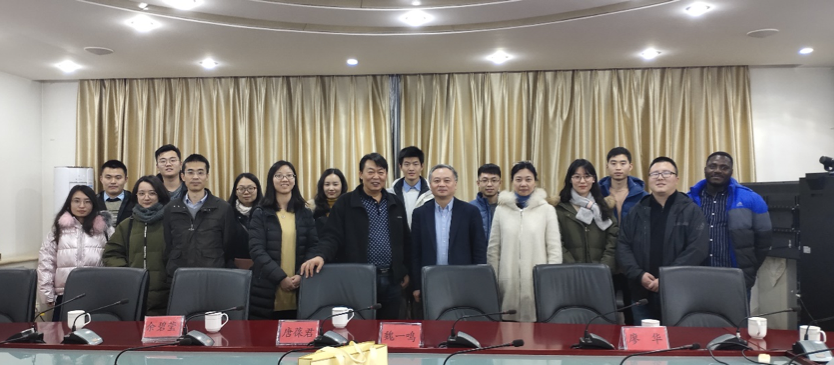
In addition, the research team held discussions with relevant responsible comrades of the Tongzhou District Urban Management Committee, conducted in-depth discussions on key issues in the domestic waste disposal process, and exchanged opinions and suggestions on further promoting the classification and recycling of domestic waste.